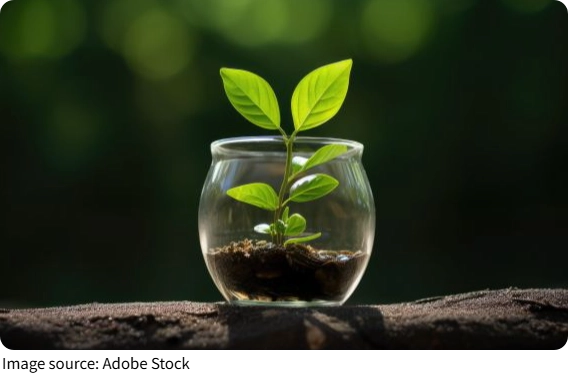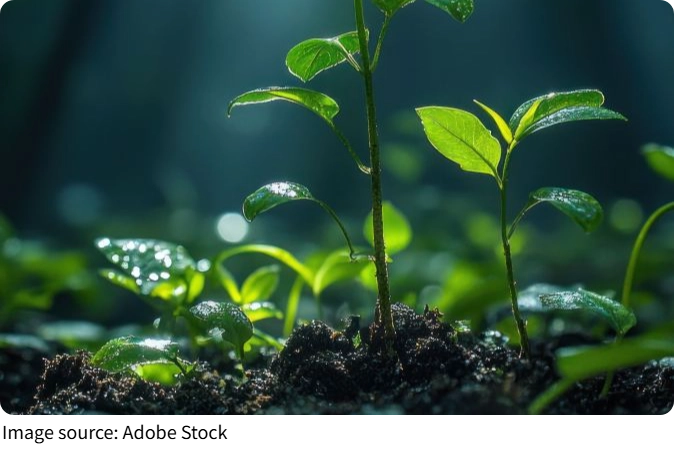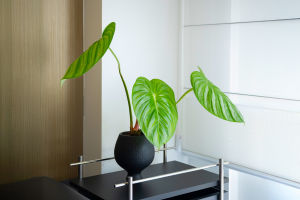Roots, Thriving Shoots

Hey Lykkers! You've probably watered a plant or seen one growing happily in a pot or garden—but have you ever paused to wonder how it actually gets its food? Sure, plants make energy through photosynthesis, but that's only half the story.
They also need essential nutrients—like nitrogen, phosphorus, and potassium—which come from the soil. This guide is your peek underground, revealing how plants absorb minerals and use them to build leaves, roots, flowers, and fruits.
Part 1: Root Strategies for Sourcing Nutrients
Let's begin with the roots—the hardworking explorers of the underground world.
Root Hairs: The Secret Absorbers
Imagine each root not as a blunt tip, but as a fine brush covered in even finer bristles—those are root hairs. These tiny structures massively increase the surface area in contact with the soil, giving your plant more chances to grab nutrients.
As you water your plant, those minerals dissolve into the water and form a nutrient-rich solution. Your plant doesn't just slurp this up randomly—it uses specialized channels in root cells to let in the right minerals while keeping out the ones it doesn't need as much.
Symbiotic Help: Mycorrhizae to the Rescue
Now here's a neat twist—plants aren't always going it alone. Many partner up with helpful fungi called mycorrhizae. These fungi attach to roots and spread out far and wide in the soil, acting like nutrient scouts. In return for a bit of sugar from the plant, the fungi supply hard-to-reach minerals like phosphorus.
If you've ever used "mycorrhizal inoculants" in gardening, you're encouraging this teamwork. It's like setting up your plant with a personal underground assistant.
Part 2: Nutrient Travel and Purpose Inside the Plant
Once the nutrients are inside, what happens next? Let's trace their journey and roles.
Xylem: The Nutrient Elevator
Nutrients don't just sit around near the roots. Once absorbed, they hop into the xylem—the plant's internal transport system for water and dissolved minerals. As water flows upward (thanks to transpiration), it carries nutrients right along with it to the stems, leaves, and flowers.
You can almost imagine the xylem as an invisible elevator, shuttling essential supplies to different departments of a plant factory. Each "floor" has its own role to play in growth and survival.
What the Nutrients Actually Do
Here's a quick tour of why plants need these minerals:
Nitrogen helps your plant grow lush green leaves. Without it, leaves may turn pale.
Phosphorus supports root development and flower production.
Potassium boosts overall resilience and water balance.
Magnesium forms part of chlorophyll, which powers photosynthesis.
Calcium strengthens cell walls and helps new shoots grow straight and strong.
When your plant isn't getting enough of any of these, it shows—yellowing leaves, stunted growth, or weak stems might be signals it needs a nutrient boost.

Lykkers, now you know the underground story that keeps every green thing alive and growing. From root hairs to mycorrhizal friends, from nutrient-packed water to inner highways of transport—it's a beautifully organized system.
The next time you see a leaf catching sunlight, remember the quiet, nutrient-powered hustle happening in the soil below. Plants may seem still, but underground, they're actively seeking, absorbing, and using what they need. Give your garden some love, and it'll return the favor with every vibrant bloom and leaf.
-
 Plants, Meet DecorDon't just water your plants—style them! These smart tips will turn greenery into the star of your living space.
Plants, Meet DecorDon't just water your plants—style them! These smart tips will turn greenery into the star of your living space. -
 Plant Life CycleDiscover the fascinating journey plants go through, from seed to bloom, and what it takes to support their growth.
Plant Life CycleDiscover the fascinating journey plants go through, from seed to bloom, and what it takes to support their growth. -
 Plants That Fight BackEver wondered how plants defend themselves without running or roaring?
Plants That Fight BackEver wondered how plants defend themselves without running or roaring?